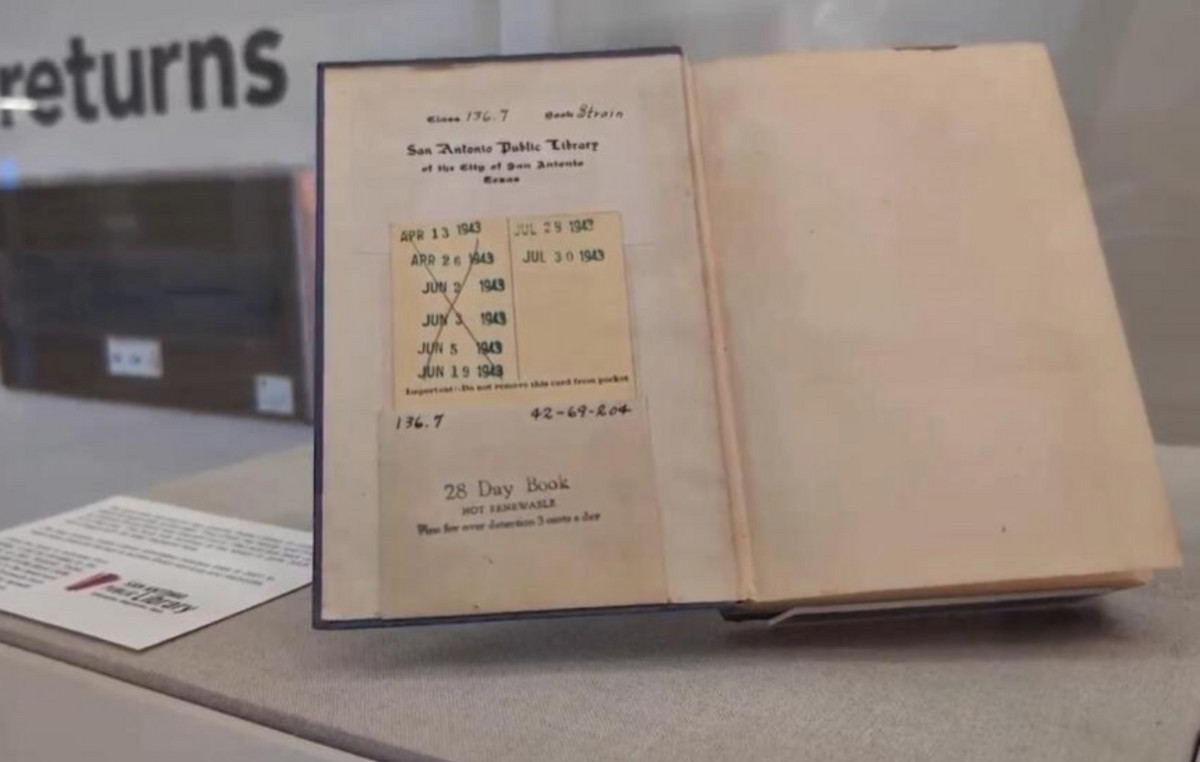- The Australian dollar is under some pressure following mixed Australian CPI figures.
- Traders are keeping an eye on upcoming NFP data.
- Markets are retreating on hopes of a Reserve Bank of Australia rate hike.
The Australian Dollar continues to underperform against the US Dollar (USD), which is staging a strong recovery following the Federal Open Market Committee (FOMC) policy decision. China’s economic woes and the Reserve Bank of Australia’s (RBA) easing rate hike bets are also putting downward pressure on the Australian Dollar.
That said, high inflationary pressure continues to keep the RBA on the verge of rate cuts. Predictions suggest that the RBA will be one of the last pockets of G10 countries to administer a rate cut. This foreseeable decision could prevent a further fall in the Australian dollar.
Daily Market Wrap: Australian Dollar Falls Ahead of Friday’s NFP
- A persistent risk-off mood permeates the market due to fears over a further slowdown in the Chinese economy, which significantly affects Australia’s economic strength.
- The Australian Bureau of Statistics (ABS) this week showed that Australia’s second quarter headline CPI saw a 1.0% quarter-on-quarter increase, accelerating to 3.8% year-on-year from 3.6% previously. At the same time, June headline CPI is expected to have fallen to 3.8% year-on-year.
- Anticipating a firm inflation rate that greatly exceeds the 2-3% target range, the RBA appears to be exercising patience with policy adjustments.
- While markets are expecting a September rate cut from the Federal Reserve (Fed), the chances of a Q4 hike from the RBA have cooled due to economic concerns over China, but it is still expected to delay rate cuts until Q2 2024, which could limit downward pressure on the Australian dollar.
- For the rest of the session on Friday, traders will be watching the Non-Farm Payrolls (NFP) report which is scheduled for release and could greatly impact the pace of the pair.
AUD/USD Technical Analysis: Bearish trends confirmed, room for possible corrections
The AUD/USD trading below the 20-day, 100-day, and 200-day simple moving averages (SMA) solidifies a generally bearish view. The daily RSI has maintained a position below the 40-day mark, implying some oversold activity. The Moving Average Convergence/Divergence (MACD) indicator is showing flat red bars, indicating slight bearish momentum.
However, even though the AUD/USD pair looks weak, the risk-sensitive Australian Dollar may find support near the key psychological level 0.6500 with resistance located at a high of 0.6580.
The Australian Dollar
One of the most important factors for the Australian Dollar (AUD) is the level of interest rates set by the Reserve Bank of Australia (RBA). Since Australia is a resource-rich country, another key factor is the price of its largest export, iron ore. The health of the Chinese economy, its largest trading partner, is a factor, as is inflation in Australia, its growth rate and the Trade Balance. Market sentiment, i.e. whether investors are betting on riskier assets (risk-on) or seeking safe havens (risk-off), is also a factor, with risk-on being positive for the AUD.
The Reserve Bank of Australia (RBA) influences the Australian Dollar (AUD) by setting the level of interest rates that Australian banks can lend to each other. This influences the level of interest rates in the economy as a whole. The RBA’s main objective is to maintain a stable inflation rate of 2%-3% by adjusting interest rates up or down. Relatively high interest rates compared to other major central banks support the AUD, and the opposite for relatively low ones. The RBA can also use quantitative easing and tightening to influence credit conditions, with the former being negative for the AUD and the latter positive for the AUD.
China is Australia’s largest trading partner, so the health of the Chinese economy greatly influences the value of the Australian Dollar (AUD). When the Chinese economy is doing well, it buys more raw materials, goods and services from Australia, which increases demand for the AUD and drives up its value. The opposite occurs when the Chinese economy is not growing as fast as expected. Therefore, positive or negative surprises in Chinese growth data often have a direct impact on the Australian Dollar.
Iron ore is Australia’s largest export, worth $118 billion per year as of 2021 data, with China being its main destination. The price of iron ore can therefore be a driver of the Australian dollar. Typically, if the price of iron ore rises, the AUD rises as well, as aggregate demand for the currency increases. The opposite occurs when the price of iron ore falls. Higher iron ore prices also tend to lead to a higher probability of a positive trade balance for Australia, which is also positive for the AUD.
The trade balance, which is the difference between what a country earns from its exports and what it pays for its imports, is another factor that can influence the value of the Australian dollar. If Australia produces highly sought-after exports, its currency will gain value solely because of the excess demand created by foreign buyers wanting to purchase its exports versus what it spends on buying imports. Therefore, a positive net trade balance strengthens the AUD, with the opposite effect if the trade balance is negative.
Source: Fx Street
I am Joshua Winder, a senior-level journalist and editor at World Stock Market. I specialize in covering news related to the stock market and economic trends. With more than 8 years of experience in this field, I have become an expert in financial reporting.







